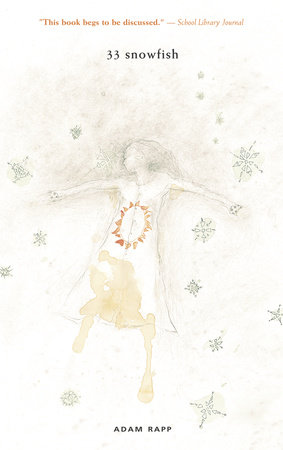



Jay suffers from seizures induced by a head injury and is returning to school following an incident in his freshman year, when he experienced an attack during a pep rally. As the story progresses, they are each shaded and defined with strengths and flaws Griffin peels back layers of their outward image to reveal the vulnerabilities and motivations beneath. Ostensibly, Jay Nazarro and Nicole Castro fall neatly into these stock roles - Jay is an outsider from the wrong side of the tracks and Nicole is a pageant-winning beauty queen – yet their characterisation is substantially developed and layered. Griffin does an excellent job of reinvigorating the somewhat tired and over-used character archetypes of the mysterious, loner guy and the beautiful, popular girl. If the novel does not entirely succeed in answering the question of why someone would perpetrate such a crime, it admirably examines the effects, and the fact that support and empathy can be found in unlikely places. It’s a taut, compelling mystery that examines the social, physical and psychological ramifications of an act of shocking cruelty. So while the blurb of Burning Blue piqued my interest, the mention of “the notion of where beauty lies” triggered an alarm bell.ĭespite, or possibly because of, that early misgiving, Burning Blue exceeded my expectations. I need another “lesson” on the superficiality of judging someone’s appearance like I need another makeover montage in a high school rom-com. In my experience, much of the messaging around the nature of true beauty is either trite or saccharine and comes with generous helpings of condescension or overt moralising. I’m enough of a cynic these days to greet reference to the theme of inner beauty with an eye roll.


 0 kommentar(er)
0 kommentar(er)
